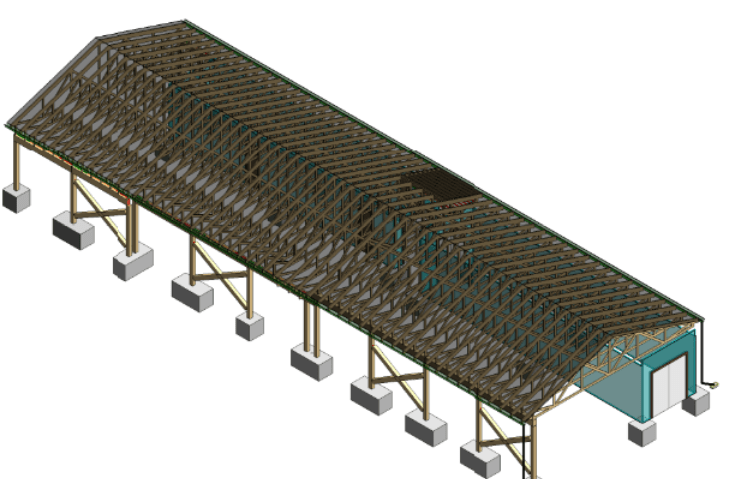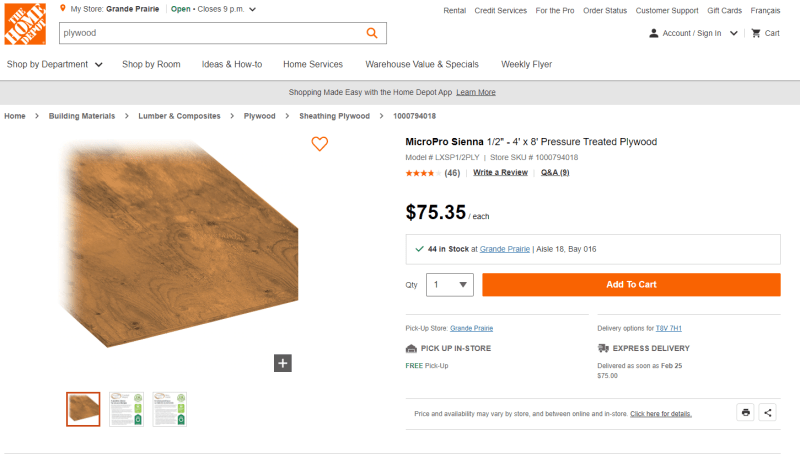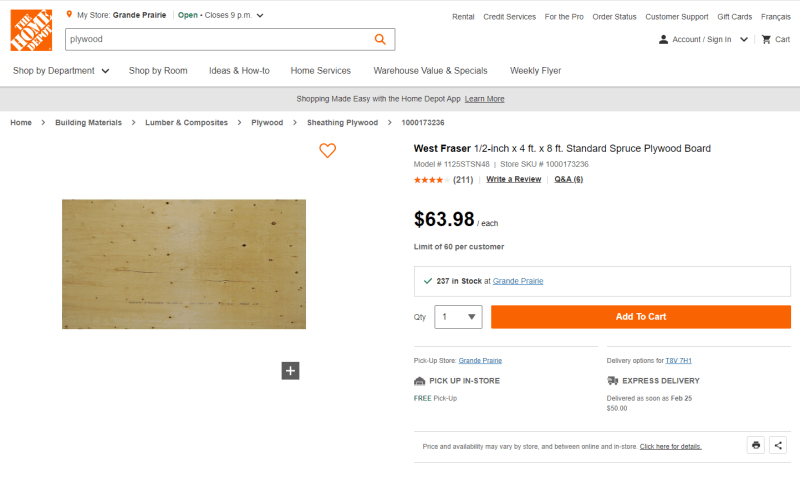I've got a strange shed thing in the hopper at the moment. Kinda pole barn-ish with some twists, including sea cans and lock block foundations.
The project is in a coastal environment in British Columbia, Canada. The roof is slated to be standing seam over wood sheathing with a topside membrane. The sheathing itself will be exposed to the elements from the underside. Moist coastal air can be expected to blow up into the plenum space.
Is this an application where it would be prudent to use pressure treated sheathing? I've been contemplating that but have been getting pushback from several quarters, as you can imagine. The building life span is targeted for 20 years.
I've noticed that traditional pole barns buildings often seem to use non-standing seam metal sheathing over strapping. Is that to avoid this condition or is it just because sheathing is expensive?

The project is in a coastal environment in British Columbia, Canada. The roof is slated to be standing seam over wood sheathing with a topside membrane. The sheathing itself will be exposed to the elements from the underside. Moist coastal air can be expected to blow up into the plenum space.
Is this an application where it would be prudent to use pressure treated sheathing? I've been contemplating that but have been getting pushback from several quarters, as you can imagine. The building life span is targeted for 20 years.
I've noticed that traditional pole barns buildings often seem to use non-standing seam metal sheathing over strapping. Is that to avoid this condition or is it just because sheathing is expensive?



